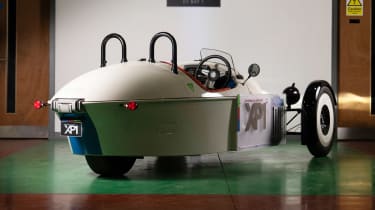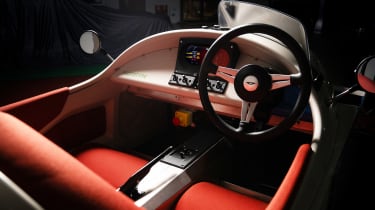
One of Britain’s most traditional sports car manufacturers is looking ahead with its EV development
Morgan has revealed a new insight into its future development path with an all-electric prototype of its quirky Super3 three-wheeler. Called XP-1, this early-stage development project doesn’t foreshadow a specific production model, but instead forms the basis of Morgan’s future EV development programme.
XP-1 runs on the same monocoque chassis as the petrol-powered model Morgan Super3 model, but swaps out the standard car’s combustion engine for a 100kW (136bhp) electric motor and inverter, fed by a 33kWh battery pack. The whole system runs on a 400V electrical architecture, and supports up to 50kW charging – although there is capability for more within the hardware.
-
New Morgan Plus Four CX-T 2022 review
Unlike the maker’s BMW-sourced petrol engines, this all-electric powertrain has been specified by Morgan itself, with the motor and inverter chosen from suppliers to meet its own targets. The battery pack has been assembled specifically for Morgan in the UK, and at the moment yields around 100 miles on a charge in cold weather.
The project is being led by Morgan’s chief technical officer Matt Hole, a veteran of electric vehicle development having previously co-founded a consulting firm that worked on EV projects with major manufacturers around the world. His job at Morgan, however, has a more diverse brief, including development of the current petrol-powered range into more driver-focused future variants.
But his long-term role within the business is to lead its EV program starting with the Morgan XP-1 prototype, which has been created to lay down the technical foundations for the brand’s adoption of electric powertrains, exploring how they integrate with the unique way in which Morgan builds its sports cars.
“The reason we’re doing this ourselves is to bring the knowledge into the company, rather than work on something that’s been given to us from a typical supplier,” Hole explains.
As with any sports car, packaging is paramount, and in the Morgan XP-1 Hole and his team have placed the powertrain in a similar configuration as the standard combustion-engined setup. In this case, the electric motor and inverter are mounted within the space usually occupied by the five-speed manual transmission, with the batteries living under the bonnet. Morgan quotes a rough weight figure of 700kg, or “around 60kg more than the petrol car plus half a tank of fuel”.
Beyond the obvious desire to future-proof its models against incoming legislation, Morgan is already thinking about how driving an electric Morgan might feel, with Hole explaining, “we’re really focusing on how we can make this a properly interactive driving experience.”
A major part of this is tuning the electronic components to create an emotional response from the driver. The team at Morgan are exploring ways to amplify and augment the natural noise of the motors – and not through fake noises through speakers in the cabin. The same can be said for the throttle mapping and regenerative brakes, with this prototype featuring four different modes that are pictured on the mounted TFT display – represented by a series of chillies, as you might find on a menu of an Indian restaurant.
As with its new powertrains, Morgan is employing new ways of testing and refining the products before they come to market. This is one of the first Morgans to utilise computational fluid dynamics (or CFD) software to ensure that the body is aero efficient. This prototype also includes a complex telemetry system that allows engineers to see in great detail the load being placed upon the powertrain, extra data that allows them to streamline each of the elements.
Examples of this are the two, much smaller side-mounted radiators that have been shaped and specified by the captured data. The left-hand radiator cools the electric motor and inverter, while the one on the right cools the battery while the car is fast-charging. Both are right-sized, saving both weight and money.
At this stage, Morgan is suggesting that in the short-to-mid term there are no plans to put something like the XP-1 into production. However, the car will form a sort of insurance policy as time goes on. As Hole puts it: “We’re not directly pressured by legislation, but we are indirectly.
“We can go through to 2035 with some comfort in the European market and our main markets in the US,” he said. “However, once we pass this point, the options for our [combustion] powertrains will become more difficult, with less suitable options even as a low-volume manufacturer.”
Click here for our list of the best track day cars…
Source: Read Full Article
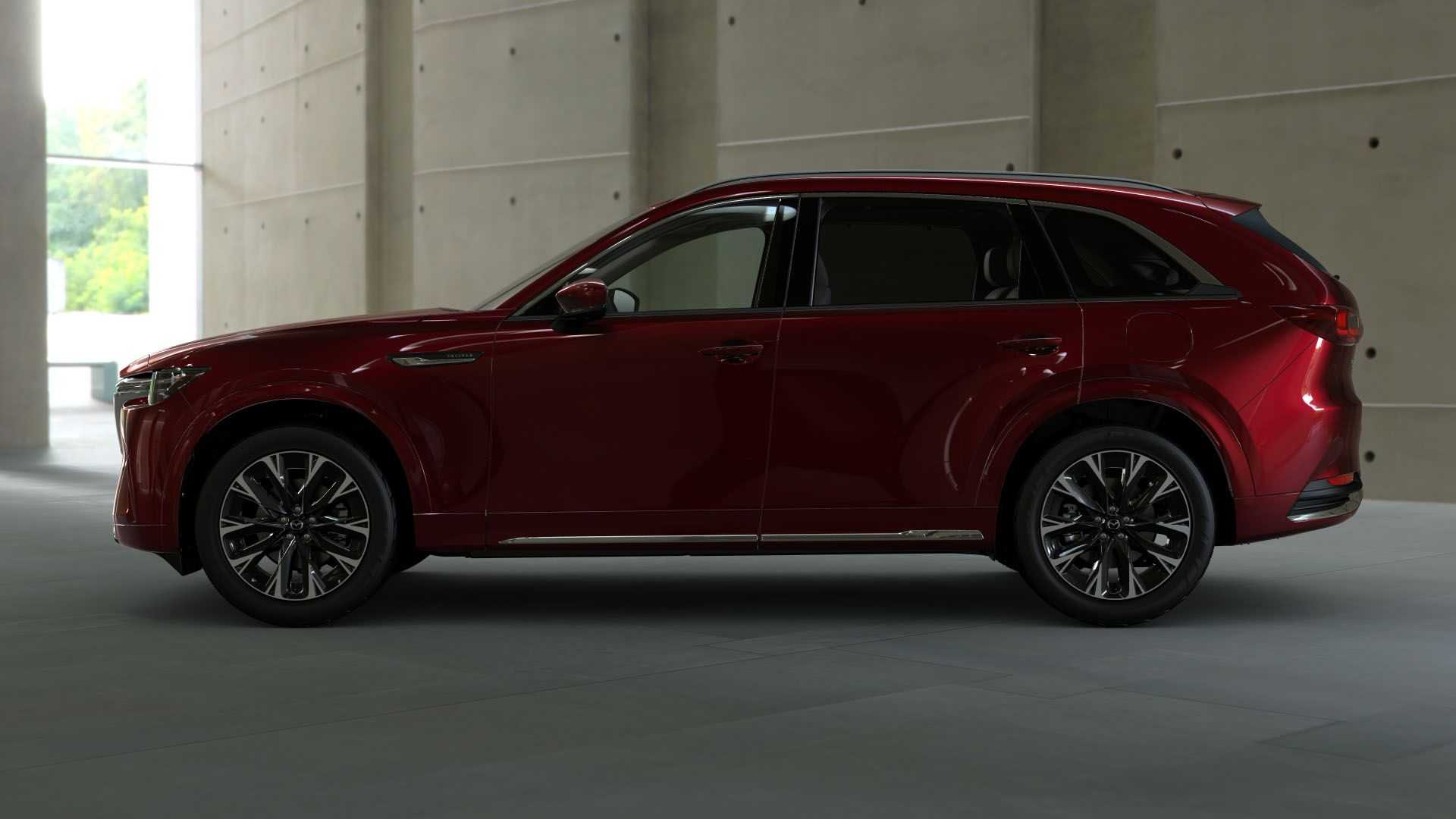


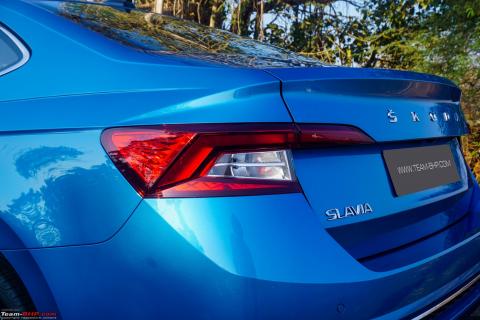
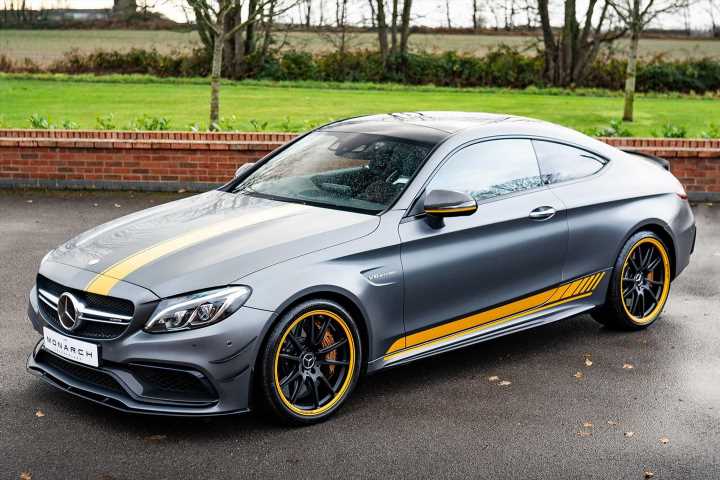
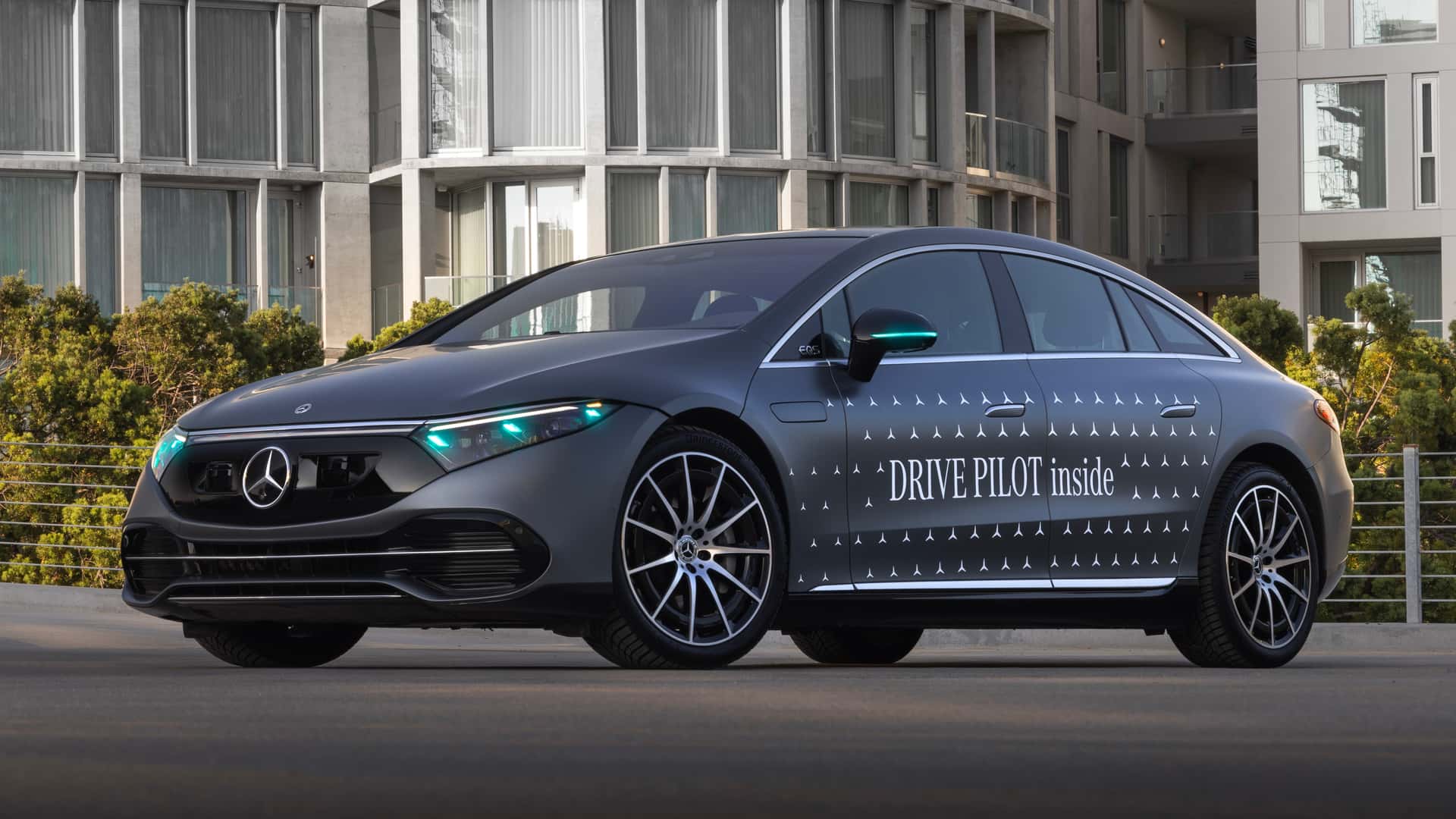
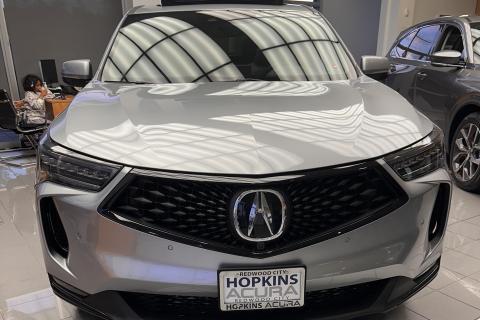
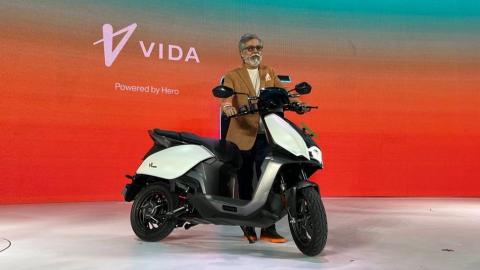

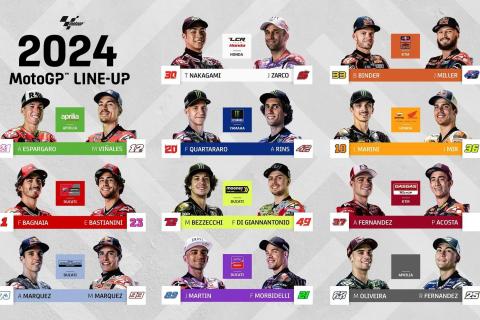

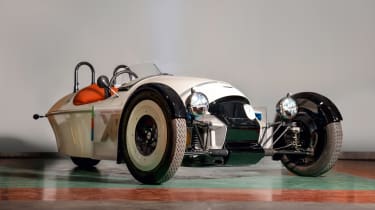
 New Morgan Plus Four CX-T 2022 review
New Morgan Plus Four CX-T 2022 review